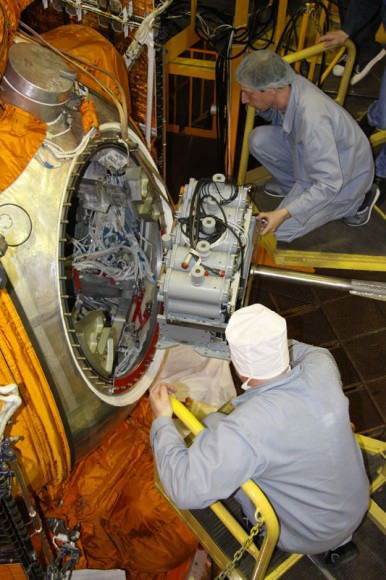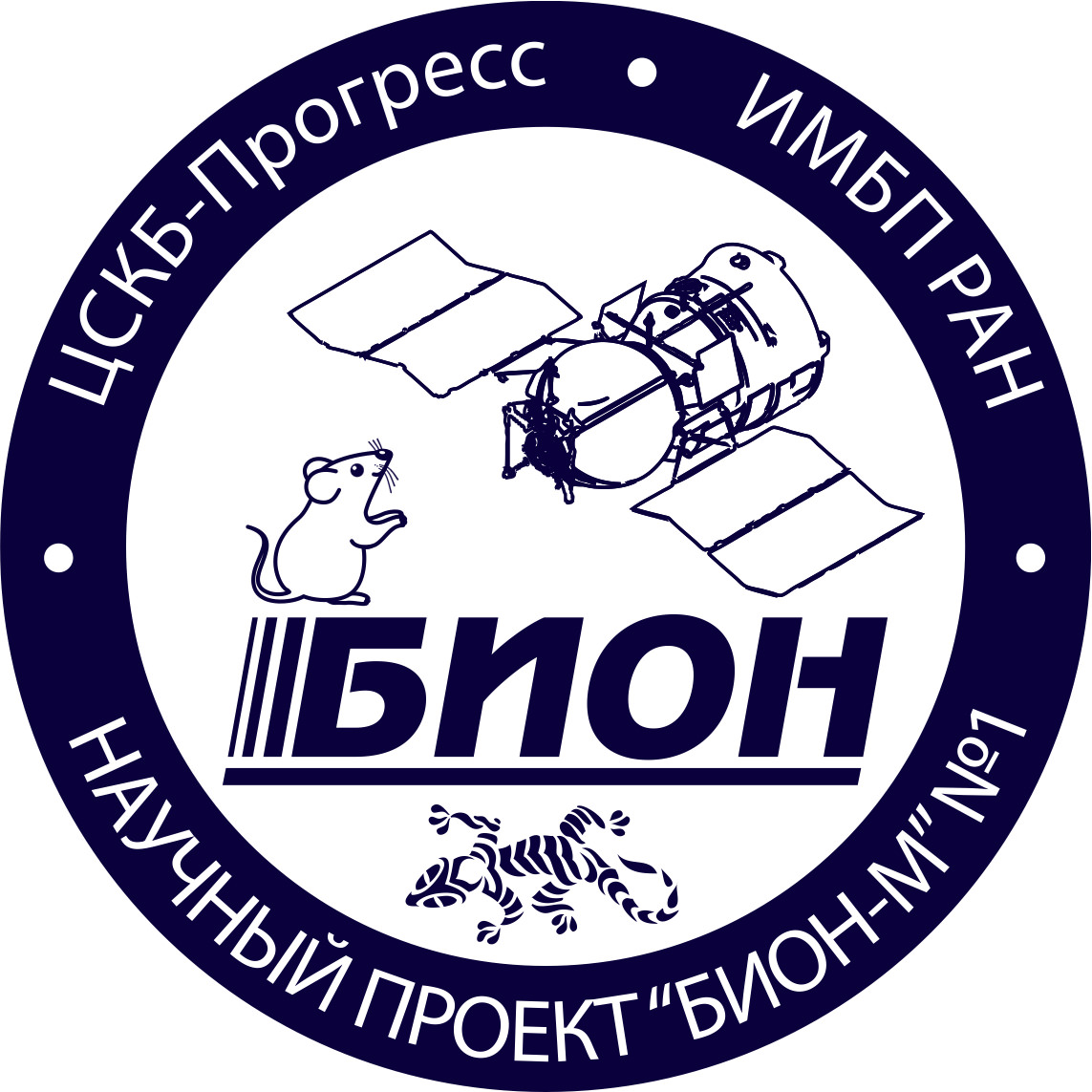A menagarie of animals launched to space last month has arrived back on Earth — with a few casualties for the voyage.
Bion-M, a small satellite carrying gerbils, lizards, mice and other critters, launched in April from the Plesetsk Cosmodrome in Russia and arrived, as planned, safely on Earth on Sunday (May 19).
However, not all of the assorted crew survived the voyage.
“This is the first time that animals have been put in space on their own for so long,” said Vladimir Sychov of the Russian Academy of Sciences, as reported by several news agencies. Half of the 45 mice were lost in the journey, which was expected, but the eight gerbils unexpectedly died “because of equipment failure”, he added.

Still, the scientists expect to pull a lot of long-duration data out of the mission. It is expected to help scientists better understand the effects of microgravity on biological organisms, with applications for long human voyages such as a trip to Mars.
Microgravity does a number on human systems, as just-returned-from-space astronaut Chris Hadfield eloquently described recently.
Bones lose calcium, muscles shrink and there are changes to your blood pressure flow and even your eyes. Taking a trip to space is like experiencing aging on fast-forward (although luckily, the effects are mostly reversible.)

“Knowledge gained in the use of animals reveals the fundamental mechanisms of adaptation to spaceflight,” NASA stated in a web page about the mission. “Such knowledge provides insight for potential long-duration human spaceflight risk mitigation strategies and potential new approaches for Earth bound biomedical problems.”
Before Bion-M journeyed to space, most mouse studies only took place during space shuttle missions that were in orbit for a maximum of two weeks. The new 30-day mission doubled the length of previous studies and also allow more advanced technologies to be brought to bear on the science, stated NASA, who participated in the mission.
“NASA researchers will study the cellular mechanisms responsible for spaceflight-induced changes on tissues and cell growth in mice, including muscle, bone and the cardiovascular and reproductive systems,” the agency wrote in an April press release. “They also will study behavioral effects in gerbils.”
Other questions long-term voyages have to consider: the effects of radiation on your body, and whether it is ethical to conceive children in microgravity.
Still, that’s not deterring thousands of people from signing up for a one-way trip to Mars with the private group Mars One.

